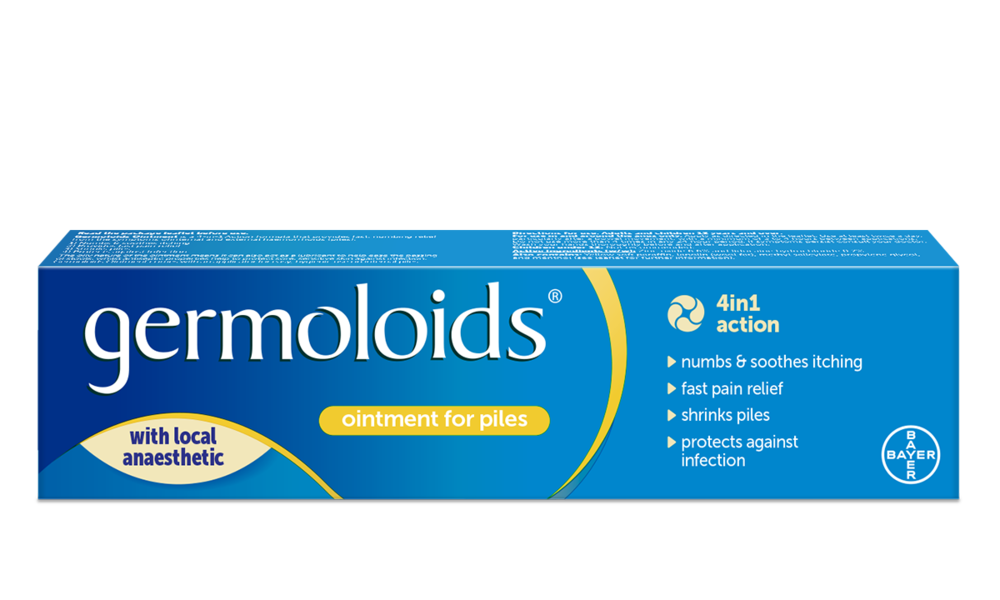Thrombosed Haemorrhoids
▶What are the signs and symptoms of thrombosed haemorrhoids?
▶What causes thrombosed haemorrhoids?
▶How are thrombosed haemorrhoids treated?
Sometimes haemorrhoids develop blood clots, leading to thrombosed haemorrhoids, and these can become especially painful and itchy. The good news is that they can be easily treated and there are things you can do to help prevent them from coming back.
What are the signs and symptoms of thrombosed haemorrhoids?
Haemorrhoids (also known as piles) are a common condition in which blood vessels inside and around the bottom become swollen. Thrombosed haemorrhoids occur when external piles develop blood clots and these can be particularly painful and itchy. Don’t worry, they might sound intimidating but thrombosed haemorrhoids aren’t dangerous and treatment is widely available.
External haemorrhoids develop close to the anus where the skin is much more sensitive whilst internal haemorrhoids often go undetected unless they become prolapsed and other common symptoms of piles appear, including:
▶Bright red blood after a bowel movement
▶An itchy bottom (anus)
▶The feeling of still needing to go to the toilet
▶Mucus on underwear or after wiping
▶Lumps or pain around the anus.

What causes thrombosed haemorrhoids?
Haemorrhoids are delicate ‘cushions’ around the anus that are filled with blood vessels designed to help control our bowel movements and make stools easier to pass. When there is too much pressure on them they can become swollen. Sometimes blood clots can form in these swollen areas causing thrombosed haemorrhoids but it isn’t always clear why this happens. Some of the most common causes of haemorrhoids include:
▶Straining too hard when going to the toilet
▶Constipation - difficulty passing a stool can result in excessive straining
▶Diarrhoea - frequent toilet trips and pushing can put extra pressure on the bottom
▶Spending a long time on the toilet (e.g. due to constipation or diarrhoea)
▶A low fibre diet – fibre foods help to make stools soft and easier to pass
▶Heavy lifting – lifting heavy weights, for example at the gym, can also exert too much pressure on the blood vessels around the bottom
▶Obesity – being overweight can put extra strain on your body
▶Pregnancy – hormonal changes can relax the blood vessels and the weight of an enlarged uterus can put pressure on haemorrhoids
▶Older age – as we get older the tissues holding haemorrhoids in place can weaken.
You can read more about the causes and symptoms of haemorrhoids here.
How are thrombosed haemorrhoids treated?
Often thrombosed haemorrhoids will resolve themselves naturally over several weeks. However, as this is one of the more painful forms of haemorrhoids, there are also a series of treatment options available that can bring faster relief of the uncomfortable symptoms including:
▶Home remedies such as a warm bath or ice pack applied to the area
▶Over-the-counter creams, ointments, and suppositories such as Germoloids
▶Non-surgical procedures such as banding
▶Surgical methods of removal.
You can read more about these on the 'treating haemorrhoids' page.








